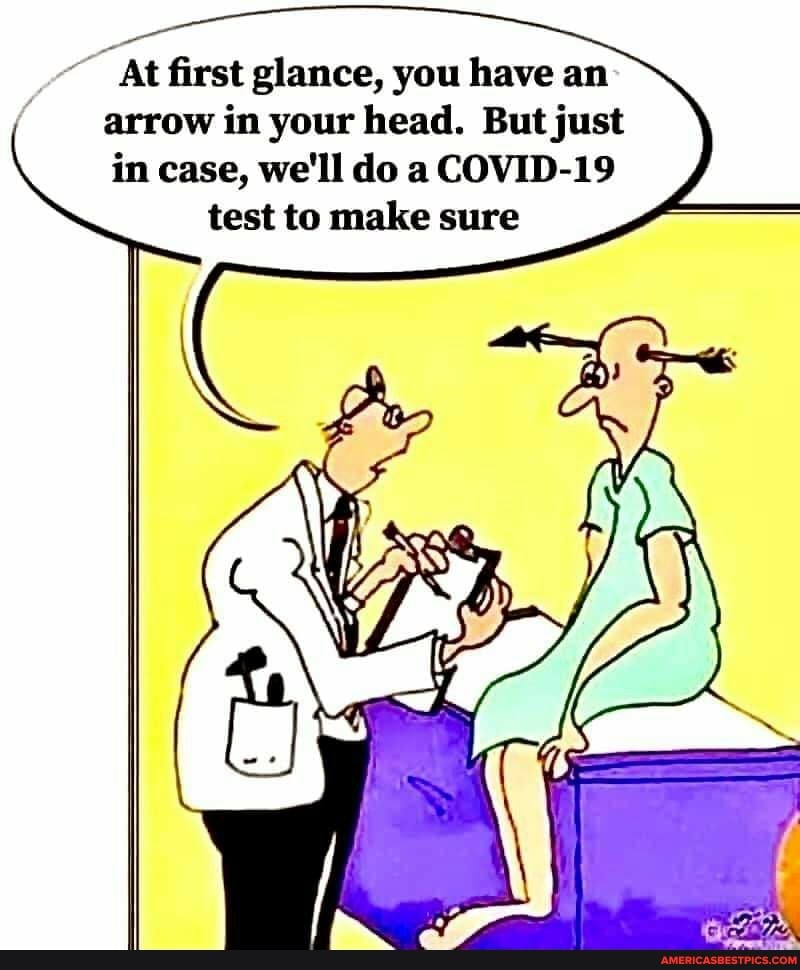No it wont. Cause of death is determined by the attending physician or the coroner. Preliminary public health data is updated in real time and does not have access to death certificates so they may include people only incidentally were diagnosed with COVID19, but they also miss people who died of COVID19 more than 30 days after diagnosis since these people are no longer counted as COVID cases even if they are still critically ill (for example). When the death certificates are eventually manually reviewed by the local vital statistics agency, the numbers get revised and corrected. This is a common misconception that's been brought up by lay people who don't have an understanding on how cause of death is determined, and something that has been addressed numerous times already over the last two years. In the end, the real time data ends up being a fairly accurate picture of the overall number of deaths because the incidental cases tend to be balanced out by the long hauler COVID patients who die after 30 days. Here's a post of mine from last year that shows that preliminary data actually does a very close job of estimating the true death rate from COVID19:
She is counted a hospitalization for infection control purposes only, similar to how a critically ill COVID patient gets turned into a non COVID patient at day 30 (or day 28 depending on the jurisdiction) because that is the date when they are no longer considered contagious. If she was only incidentally diagnosed with COVID19, her COVID would only be mentioned as a secondary diagnosis and her most responsible diagnosis would remain her pregnancy and labor. If she had mild symptoms that required treatment, but did not impact the duration of her stay, her COVID would be a pre-admit or post-admit diagnosis (dependent of whether she acquired the infection in the community or the hospital).


;Composite=(type=URL,url=https://images.radio-canada.ca/v1/assets/elements/16x9/outdated-content-2020.png),gravity=SouthEast,placement=Over,location=(0,0),scale=1)
